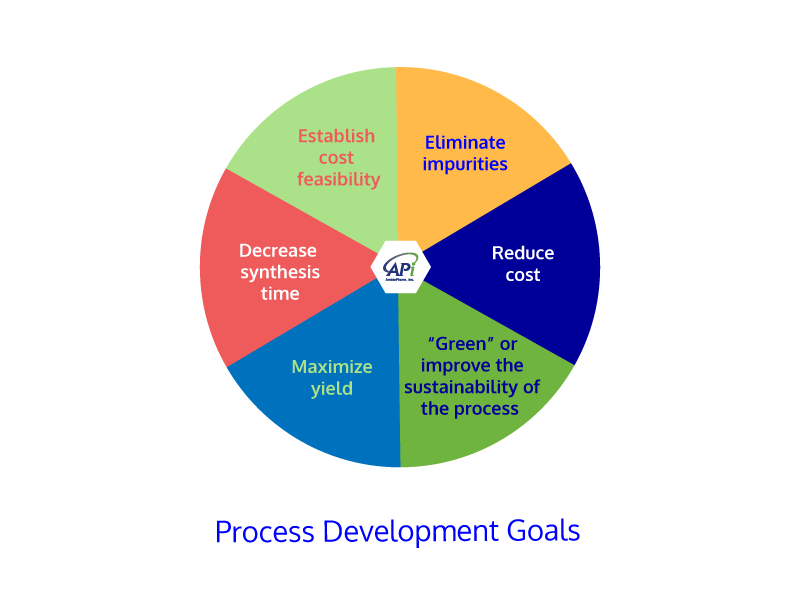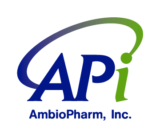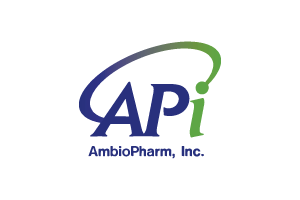Process development (PD) typically takes place during the preclinical and early clinical stage. As a product shows viability in its clinical progress, it becomes important to work on an efficient process to help maximize yield while minimizing costs to achieve the future cost-of-goods reduction that is expected as it moves toward commercial approval. It occurs in parallel with analytical methods development. In peptide manufacturing, there are variety of ways to synthesize a peptide. Sometimes the first synthesis strategy attempted is not the most ideal and yield, purity, economy, and time can often be improved upon. In those cases, we turn to process development.
Reasons for Improving a Process
There are many reasons to improve a process during process development and some of them are to:
- Eliminate impurities
- Maximize yield
- Reduce cost
- Decrease synthesis time
- “Green” or improve the sustainability of the process
- Establish cost feasibility
Eliminating impurities and maximizing yield can often result in cost reduction as mentioned above.
Process Development of Peptide Synthesis
When a peptide is quoted, an AmbioPharm peptide scientist evaluates the sequence and determines a synthesis strategy based on knowledge and experience. A peptide is most often synthesized by solid phase peptide synthesis (SPPS), but we can also develop LPPS and hybrid or convergent technologies which are especially important when very large quantities are expected at commercial scale. The amino acids which are used in peptide manufacturing require protecting groups to block side chains or other reactive groups from coupling in undesirable ways. In some cases, there are several protecting groups to choose from, and some work better than others depending upon other factors, such as steric hindrance, and yield can often be improved by evaluating different amino acid derivatives. A reduction of impurities should be a goal of PD, as it makes for a cleaner product and fewer impurities to have to characterize in later steps.
Process Development of Purification and Isolation
In the purification and isolation of a final product, purification methods such as HPLC and lyophilization are most often used, but other methods such as crystallization or precipitation may be preferred and may result in better and more economical yields. This depends upon the sequence, solubility, and physiochemical properties of the peptide and finding the appropriate anti solvent. By lowering the energy costs from using long lyophilization steps can add to the sustainability of the program with cost savings passed on to the client.
Process development is also useful evaluating the feasibility of a peptide API manufacturing process to determine if future costs are attainable as production is scaled for commercial demands.


 中文
中文